What Is A Mail Delivery Subsystem
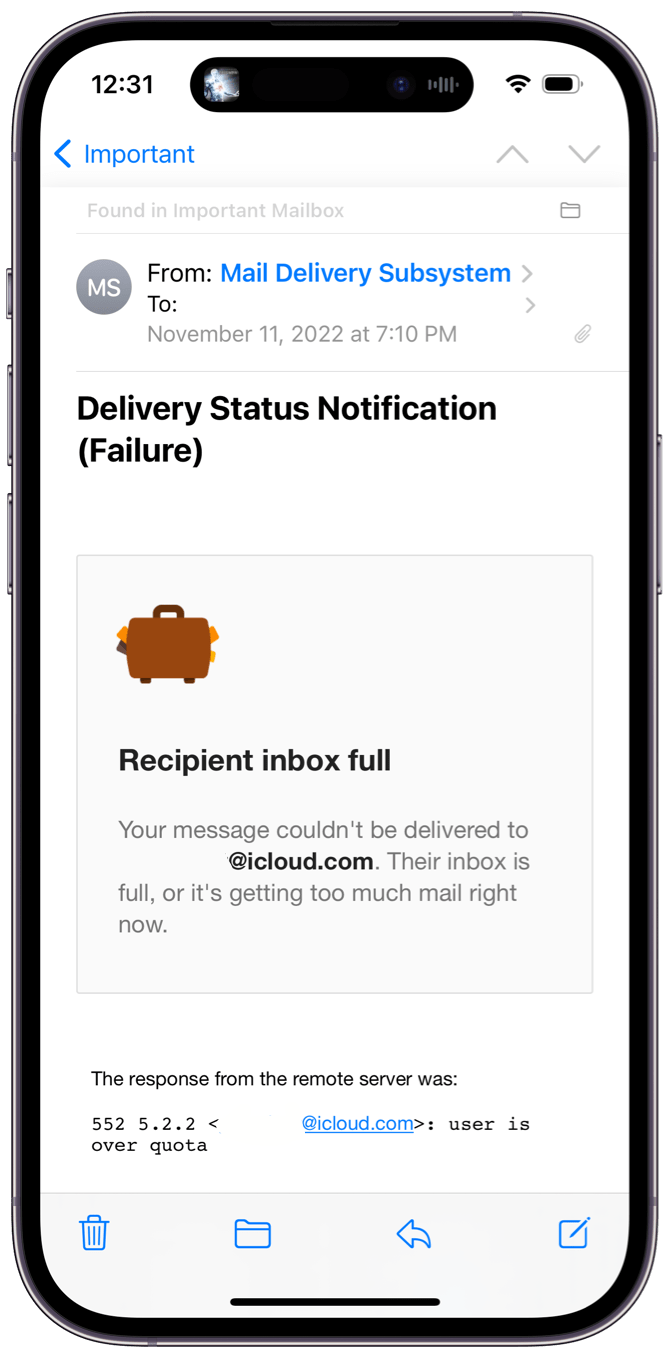
In the digital age, email remains a cornerstone of communication, yet the intricate processes that ensure successful delivery often remain hidden from the average user. One such critical, yet often misunderstood, component is the Mail Delivery Subsystem (MDS), a silent guardian responsible for the fate of every email sent across the internet.
The Mail Delivery Subsystem, in essence, is the automated system responsible for managing and reporting on the delivery status of emails. This article will delve into the function of an MDS, its significance, and the impact it has on email communication.
Understanding the Mail Delivery Subsystem
The Mail Delivery Subsystem is not a single entity but rather a collection of software and hardware components working in concert. It exists on the email server and acts as the intermediary between the sender and the recipient.
Think of it as the postal service for your emails. It accepts outgoing messages, attempts to deliver them, and provides feedback – whether positive or negative – regarding the delivery attempt.
Key Functions of an MDS
The primary role of the MDS is to ensure the reliable delivery of email messages. This involves several crucial functions:
Message Acceptance: The MDS receives outgoing emails from a mail client or server. It verifies the sender's address and performs initial checks for spam or malicious content.
Delivery Attempts: The MDS attempts to deliver the email to the recipient's mail server. This process involves looking up the recipient's domain in the Domain Name System (DNS) to find the appropriate mail exchange (MX) record.
Status Reporting: This is perhaps the most visible function to the end-user. The MDS generates Non-Delivery Reports (NDRs), also known as bounce messages, when an email cannot be delivered.
Queue Management: The MDS manages a queue of outgoing emails, attempting to deliver them in an efficient manner. It retries delivery attempts for transient errors, such as a temporarily unavailable server.
Significance of the Mail Delivery Subsystem
The MDS is vital for maintaining the integrity and reliability of email communication. Without it, senders would be left in the dark about undelivered messages, and recipients would potentially miss important communications.
NDRs generated by the MDS provide crucial feedback to senders, allowing them to identify and correct errors in recipient addresses. They also alert senders to potential problems with their email configuration or reputation.
From a system administrator's perspective, the MDS provides valuable insights into server performance and potential security threats. Monitoring the MDS can help identify and resolve issues that impact email delivery.
Common Causes of Delivery Failures
The MDS generates bounce messages for various reasons. Understanding these reasons can help users and administrators troubleshoot delivery problems:
Incorrect Email Address: A typo in the recipient's address is one of the most common causes of delivery failure. The MDS will report that the recipient's address does not exist.
Full Mailbox: If the recipient's mailbox is full, the MDS will be unable to deliver the message and will generate a bounce message indicating insufficient storage.
Server Issues: Temporary server outages or network problems can prevent the MDS from delivering emails. The MDS will typically retry delivery attempts for a certain period before generating a permanent failure notice.
Spam Filters: Emails that are flagged as spam by the recipient's mail server may be rejected by the MDS. This can occur if the sender's IP address is blacklisted or if the email content triggers spam filters.
Blocked Sender: The recipient may have blocked the sender's email address or domain, preventing the MDS from delivering the message.
Impact on Users and Businesses
The effectiveness of the Mail Delivery Subsystem directly impacts both individual users and businesses. For individuals, a reliable MDS ensures that important emails, such as personal correspondence and notifications, are delivered promptly.
Businesses rely heavily on email for communication with customers, partners, and employees. Delivery failures can lead to missed opportunities, delayed transactions, and damage to reputation.
Marketing campaigns, for example, can be severely impacted if a large percentage of emails bounce due to incorrect addresses or spam filtering. Businesses must therefore pay close attention to their email deliverability and take steps to ensure that their messages reach their intended recipients.
Properly configuring and monitoring the MDS is essential for maintaining a positive sender reputation and ensuring reliable email communication.
The Future of Mail Delivery
As email technology continues to evolve, the Mail Delivery Subsystem will likely become even more sophisticated. Efforts to combat spam and improve email security will continue to shape the development of MDS functionality.
Artificial intelligence and machine learning may play an increasingly important role in identifying and preventing email delivery problems. Advanced analytics can also be used to optimize email delivery routes and improve overall performance.
The Mail Delivery Subsystem will remain a critical component of the internet infrastructure, ensuring the reliable and efficient delivery of email messages for years to come.
In conclusion, while often unseen, the Mail Delivery Subsystem is the unsung hero of email communication. Its ability to manage delivery attempts and provide vital feedback ensures that email remains a reliable and indispensable tool for personal and professional use.
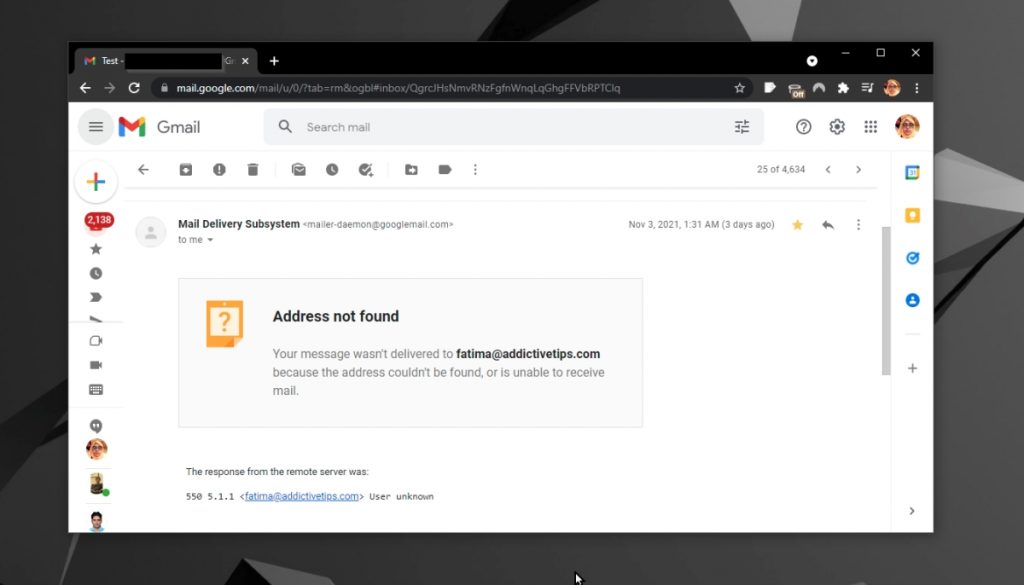

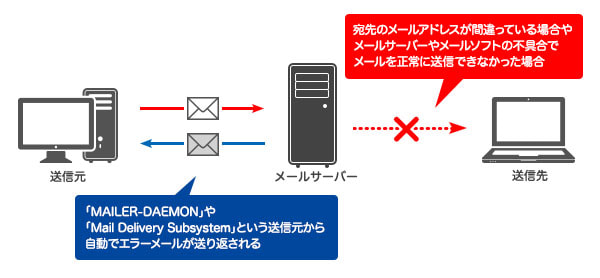





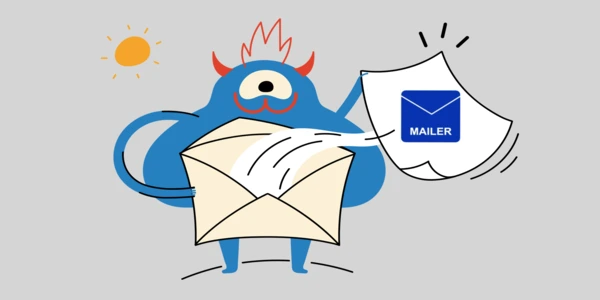
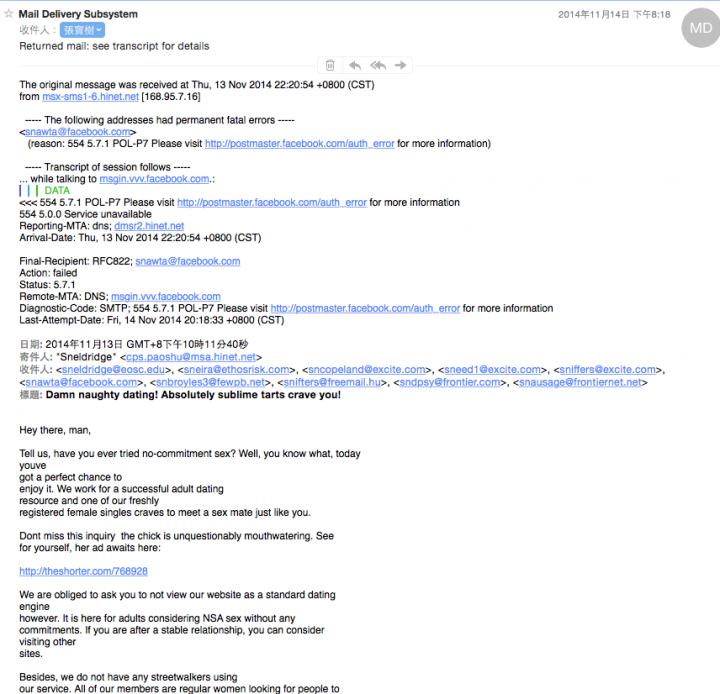

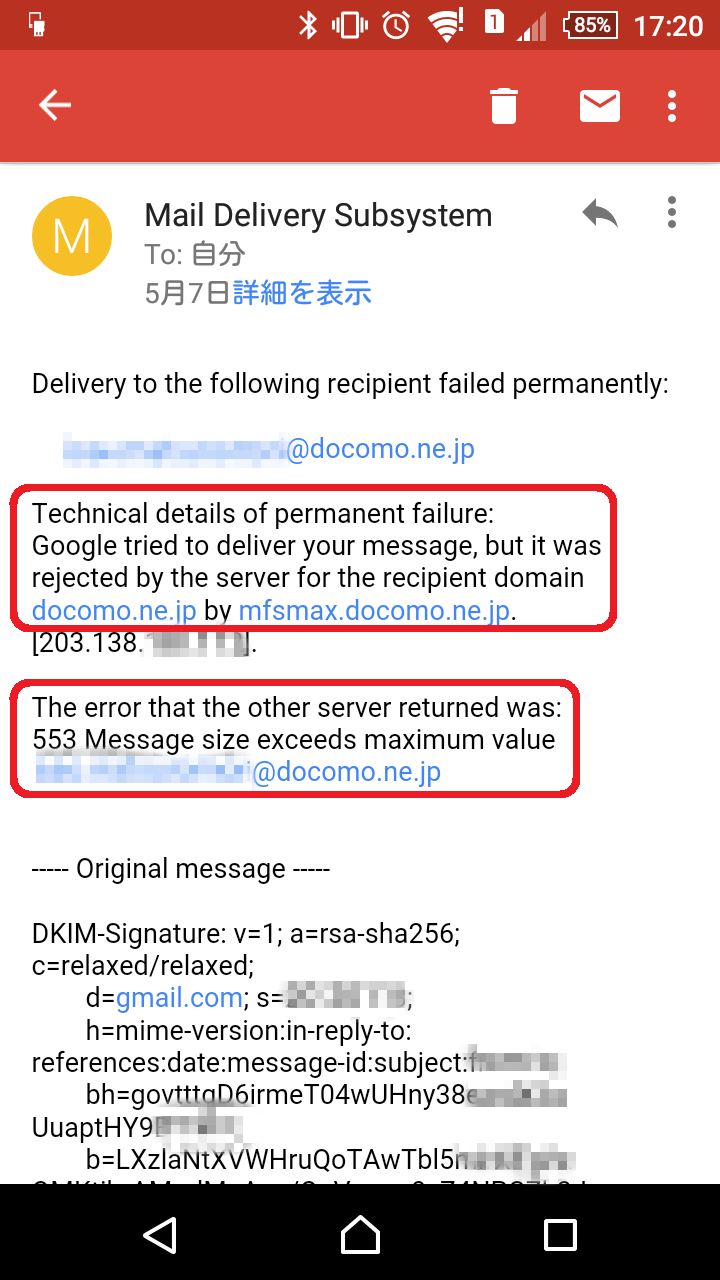
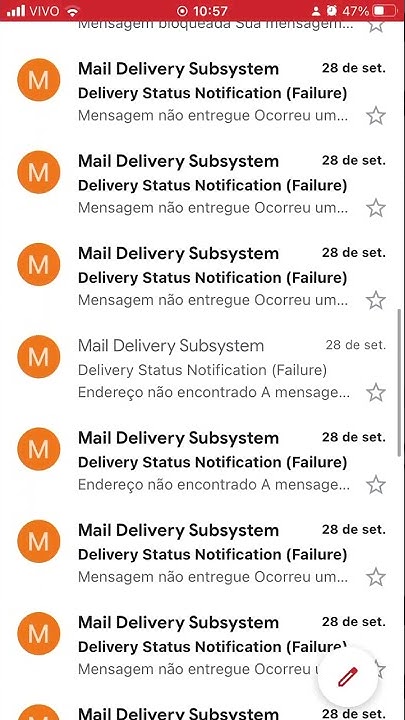
![What Is A Mail Delivery Subsystem Email Server Explained [2025]](https://mailtrap.io/wp-content/uploads/2024/07/How-email-servers-work-1920x1194.png)




